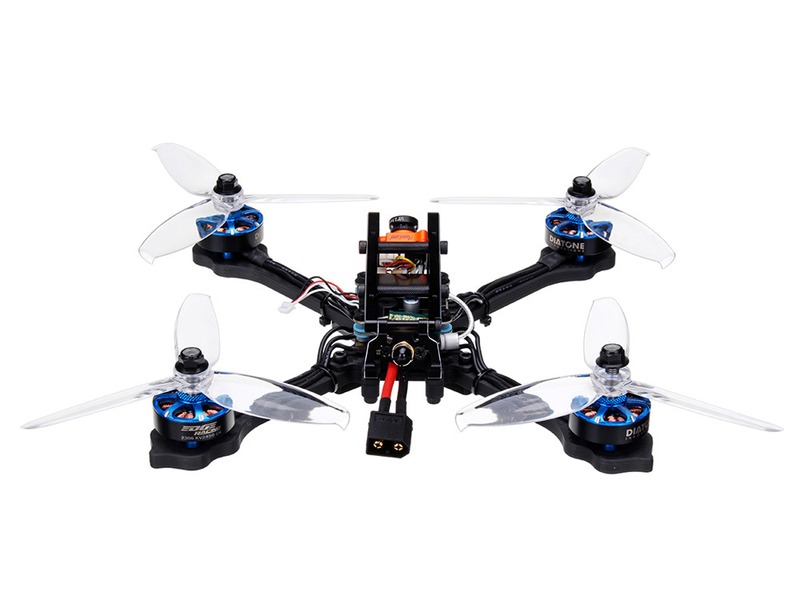How long can a quadcopter fly?

A quadcopter, or quadrotor, is an unmanned aerial vehicle (UAV) that is powered by four rotors. It is a type of multirotor helicopter that is generally used for aerial photography, surveillance, and other applications. Quadcopters are becoming increasingly popular due to their ease of use and relatively low cost.
The amount of time a quadcopter can fly depends on a variety of factors, including the type and size of the UAV, the battery capacity, and the environment in which it is being flown. Generally speaking, a typical quadcopter can fly for up to 30 minutes on a single charge. This can be extended to up to 45 minutes if the quadcopter is equipped with a larger battery.
The type of quadcopter also affects its flight time. Smaller and lighter quadcopters tend to have shorter flight times due to their limited battery capacity. Larger and heavier quadcopters, such as those used for commercial purposes, can fly for longer periods of time due to their larger battery capacity.
The environment in which the quadcopter is being flown can also affect its flight time. Windy conditions can reduce the amount of time a quadcopter can fly as the wind resistance will decrease the efficiency of the rotors. In addition, flying at higher altitudes can also reduce the flight time as the air is thinner and the rotors will have to work harder to maintain altitude.
Finally, the skill level of the pilot can also affect the flight time of a quadcopter. Pilots who are experienced in flying quadcopters will be able to fly for longer periods of time as they are better able to control the UAV and make the most efficient use of the battery.
In conclusion, the amount of time a quadcopter can fly depends on a variety of factors, including the type and size of the UAV, the battery capacity, and the environment in which it is being flown. Generally speaking, a typical quadcopter can fly for up to 30 minutes on a single charge. This can be extended to up to 45 minutes if the quadcopter is equipped with a larger battery. Experienced pilots can also extend the flight time of a quadcopter by making the most efficient use of the battery.
Comments / Question
2. Check the weather before flying and avoid flying in strong winds or rain.
3. Fly at a safe altitude and keep the quadcopter in sight at all times.
4. Keep the quadcopter away from airports and other restricted airspace.
5. Be aware of your surroundings and avoid flying near other aircraft.
6. Don’t fly in the dark or in low-visibility conditions.
7. Don’t fly over crowds of people or animals.
8. Don’t fly under the influence of drugs or alcohol.
9. Make sure the quadcopter is in good condition before flying.
10. Always wear protective gear when flying a quadcopter.
2. Choose a lighter frame and propellers and reduce the weight of the quadcopter.
3. Choose a more efficient motor and propeller combination.
4. Use a higher capacity battery.
5. Increase the air resistance of the propellers by using a larger prop size.
6. Optimize the flight controller settings to reduce power consumption.
7. Use a power management system to regulate voltage and current.
8. Use a higher voltage battery.
9. Use a higher efficiency ESC.
10. Increase the air resistance of the propellers by using a lower pitch prop.
2. Battery Capacity: Larger batteries will provide more power, allowing the quadcopter to fly longer.
3. Propeller Size: Larger propellers will generate more lift, allowing the quadcopter to ascend faster and fly longer.
4. Motor Power: More powerful motors will generate more thrust, allowing the quadcopter to fly faster and longer.
5. Wind Conditions: Strong winds can affect the flight time of a quadcopter as it will require more power to maintain flight in windy conditions.
6. Flight Path: Flying in a straight line will allow the quadcopter to fly longer as it will not have to expend energy on changing direction.

